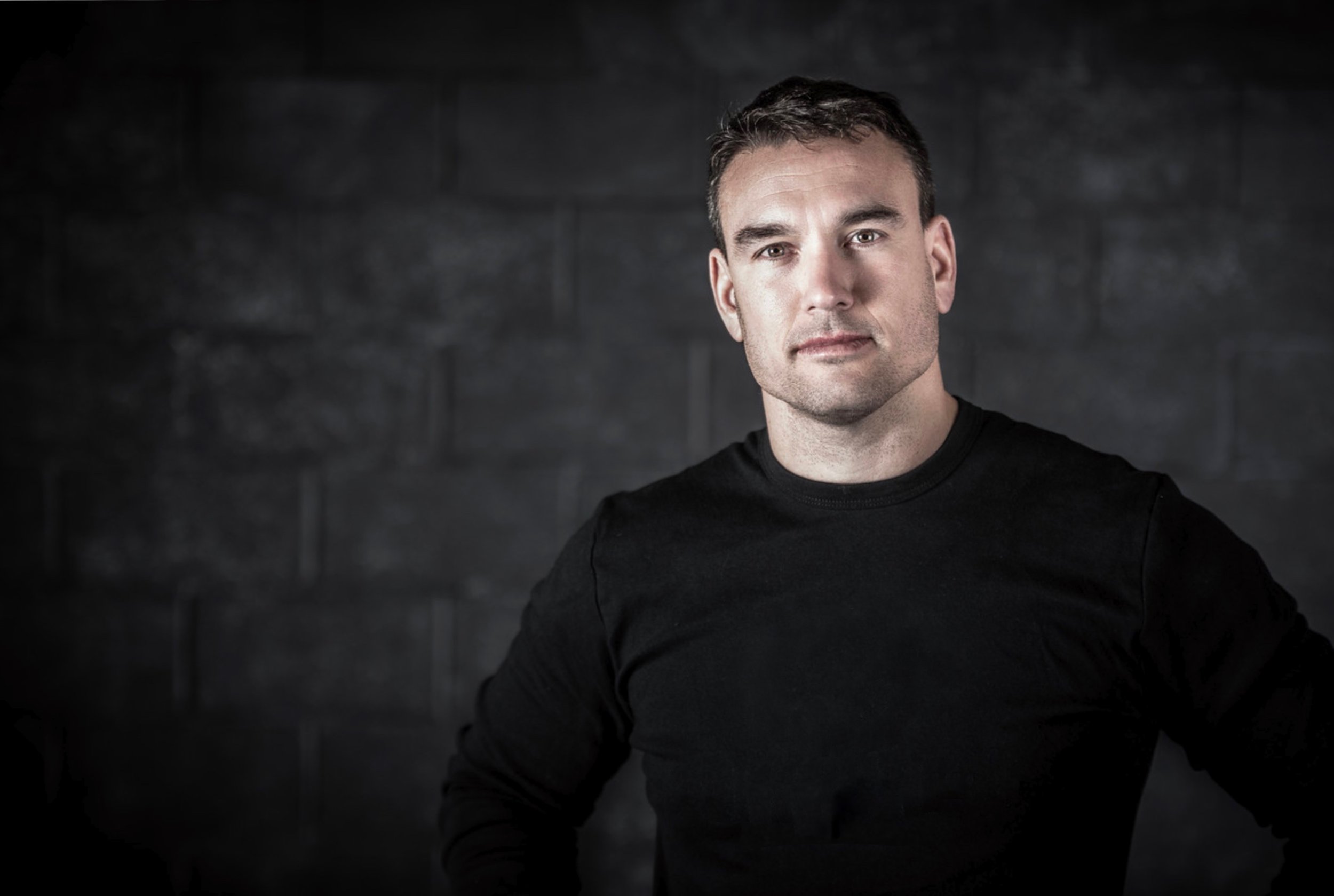Generally speaking there are 2 things that make learning easier.
Learning, in my field of movement and motor learning, can be a very deep and broad topic but I'm trying to keep things basic and very understandable.
In the video example above, I speak about balls being a perfect example of novelty and familiarity.
Sometimes when I’m presenting or teaching my Creative Movement Workshops I can feel some hesitation and apprehension in the air.
People do not know what to expect and are a little shy.
But once I break out the balls, usually tennis and medicine balls people relax a bit and become very willing to play and explore.
You can check out two completely different populations, from two different workshops, using the same simple ball game here:
Experiment with these and let me know what you come up with.








